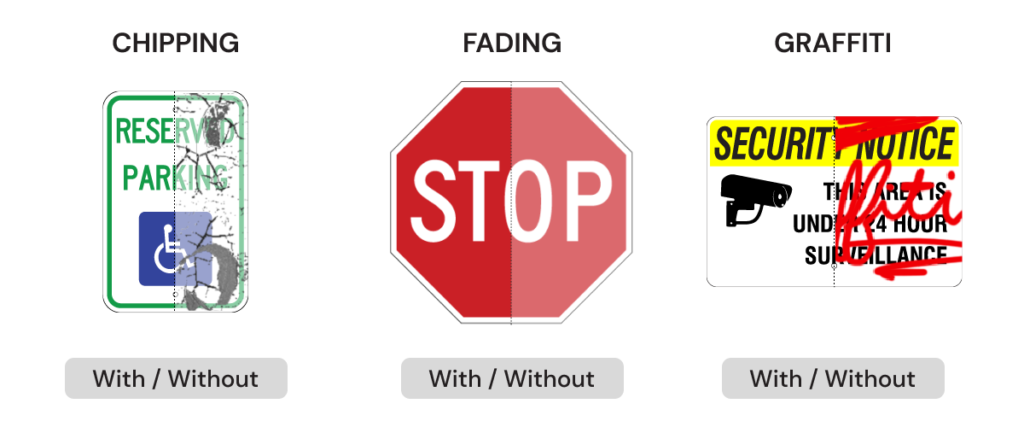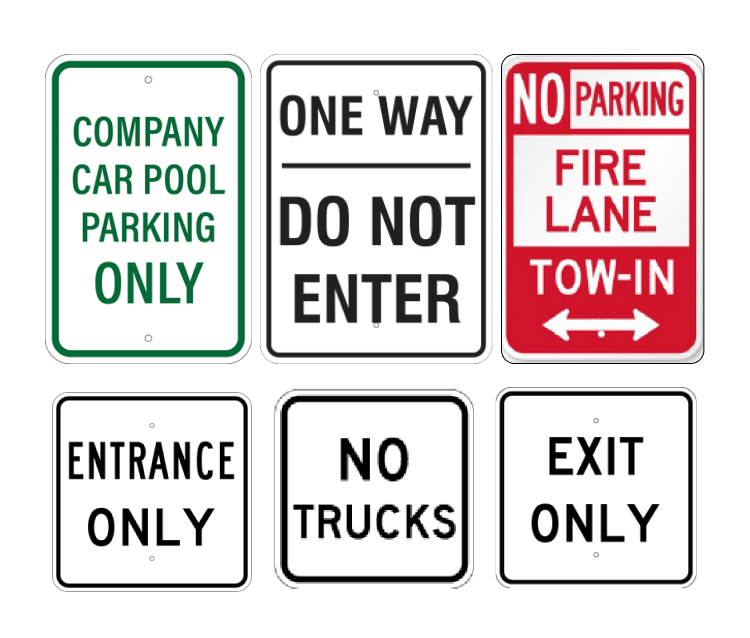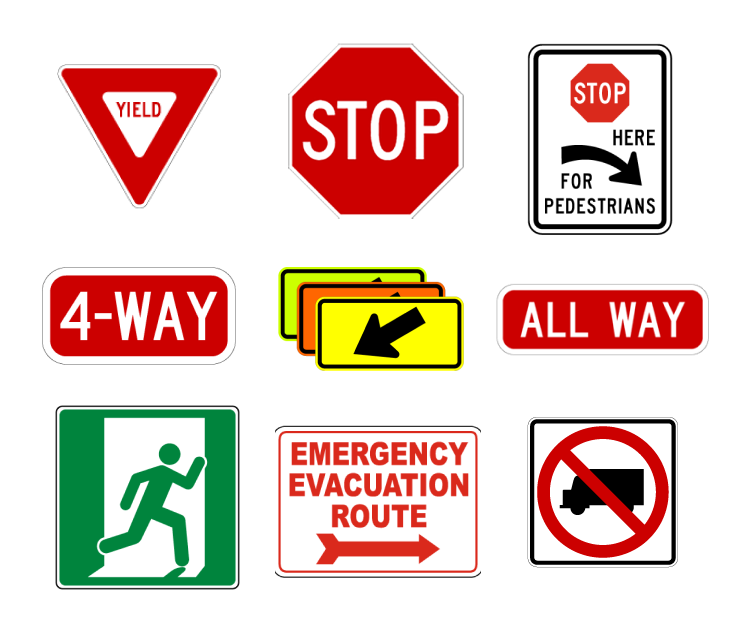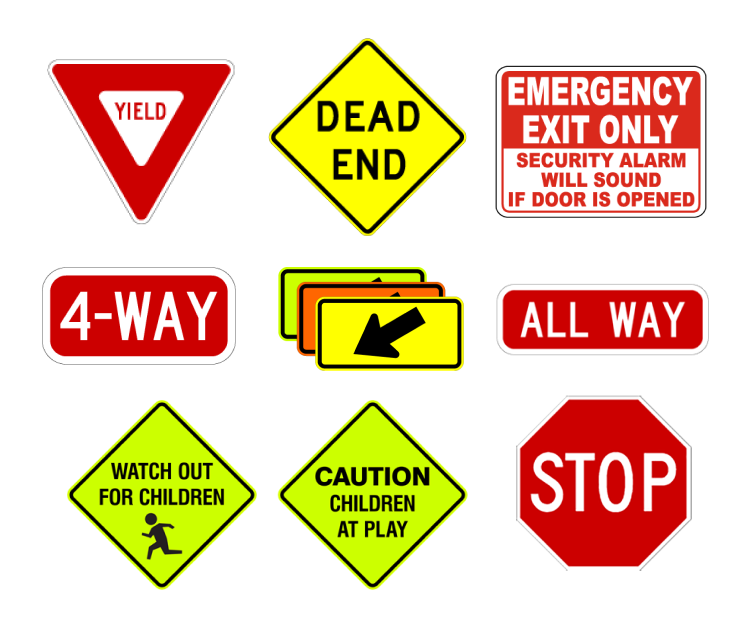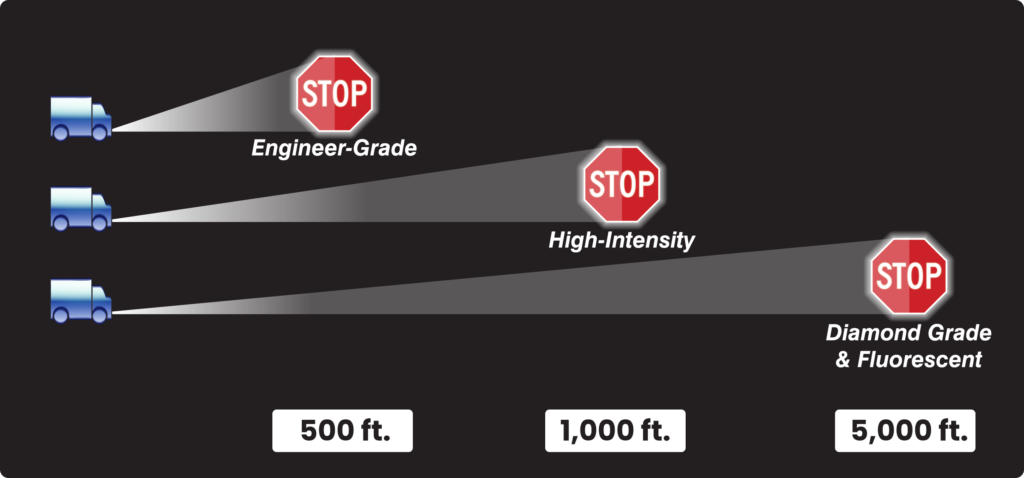Have you ever pulled up to a curb, ready to park your car, only to spot a no parking sign and feel a wave of frustration? You’re not alone. No parking signs are a common sight in cities and towns across the world, but understanding exactly what they mean and why they’re there can sometimes be confusing. In this blog post, we’ll delve into the world of no parking signs, what they signify, and why it’s crucial to pay attention to them.
The Basics of No Parking Signs
At its core, a no parking sign is pretty straightforward – it means you can’t park your vehicle in that particular spot. However, the devil is in the details, and these signs can come with various specifications that are important to understand.
A standard no parking sign typically features a red circle with a diagonal line through it, often accompanied by the words “No Parking.” This universal symbol is designed to be easily recognizable, even if you can’t read the language in the country you’re visiting. When you see this sign, it’s a clear indication that parking is not allowed in that area.
Types of No Parking Signs
No parking signs aren’t always as simple as a blanket ban on parking. Many come with specific conditions or time restrictions. For instance, you might see a sign that says “No Parking 8 AM – 6 PM.” This means you can’t park there during those hours, but parking is allowed outside of that time frame. Other signs might specify “No Parking Except Sundays,” indicating that parking is prohibited every day except Sunday.
Some no parking signs are even more specific. You might encounter signs that read “No Parking During School Hours,” “No Parking on Event Days,” or “No Parking Snow Route.” These signs require you to be aware of local schedules or conditions to know when parking is allowed.
There are also signs that prohibit parking for specific types of vehicles. “No Truck Parking” signs are common in residential areas, while “No Overnight Parking” signs are often found in areas trying to prevent long-term vehicle storage on public streets.
Why No Parking Signs Exist
You might wonder why these signs are necessary in the first place. After all, wouldn’t it be nice if we could park wherever we want? While that might seem convenient, no parking signs serve several important purposes.
Safety is one of the primary reasons for no parking zones. In many cases, parked cars can obstruct the view of drivers, cyclists, or pedestrians, creating dangerous situations. No parking areas near intersections, fire hydrants, or driveways help maintain clear sightlines and easy access for emergency vehicles.
Traffic flow is another crucial factor. In busy urban areas or on narrow streets, parked cars can significantly impede the flow of traffic. No parking zones help keep traffic moving smoothly, reducing congestion and the risk of accidents.
Some no parking zones are established to preserve access to particular areas. For example, loading zones in commercial districts allow for the efficient delivery of goods to businesses. Residential permit parking areas ensure that local residents have access to parking in their neighborhoods.
Environmental concerns can also play a role. Some areas prohibit parking to protect sensitive ecosystems or to prevent soil erosion. In other cases, no parking zones might be established to encourage the use of public transportation or to reduce air pollution in congested areas.
The Consequences of Ignoring No Parking Signs
Ignoring a no parking sign might be tempting, especially if you’re in a hurry or can’t find parking elsewhere. However, the consequences can be significant. The most common result of parking in a no parking zone is receiving a parking ticket. These fines can vary widely depending on your location and the specific violation, but they’re often expensive enough to make you think twice about risking it.
In some cases, particularly if you’re blocking a crucial access point or creating a safety hazard, your vehicle might be towed. This not only comes with a hefty fine but also the inconvenience of having to locate and retrieve your vehicle from an impound lot.
Repeated violations can lead to more severe consequences. Some jurisdictions use a point system for parking violations, and accumulating too many points could result in the suspension of your driver’s license. In extreme cases, you might even face legal action.
How to Handle Unclear No Parking Signs
Sometimes, no parking signs can be confusing or unclear. Perhaps the sign is partially obscured, or there are multiple signs that seem to contradict each other. In these situations, it’s always best to err on the side of caution.
If you’re unsure whether it’s legal to park in a certain spot, it’s better to find another parking space. The few extra minutes it takes to find a clearly legal parking spot are worth it compared to the time and money you might spend dealing with a parking ticket or a towed vehicle.
If you frequently encounter unclear parking signs in your area, consider reaching out to your local traffic or parking authority. They may be able to clarify the rules or even improve the signage if it’s consistently causing confusion.
Technology and No Parking Zones
In today’s digital age, technology is playing an increasing role in helping drivers navigate parking regulations. Many cities now have apps that provide real-time parking information, including the locations of no parking zones. Some GPS and map applications also include parking restriction data, helping you plan your parking before you even arrive at your destination.
However, while these tools can be helpful, they shouldn’t be relied upon exclusively. Parking regulations can change, and digital information isn’t always updated immediately. It’s always best to double-check the physical signs at your parking location.
Respecting No Parking Signs
Understanding and respecting no parking signs is an important part of being a responsible driver. These signs aren’t there to make your life difficult – they serve important purposes related to safety, traffic flow, and community needs.
Next time you see a no parking sign, take a moment to read it carefully. Consider why it might be there and what purpose it serves. By following these regulations, you’re not just avoiding tickets and fines – you’re contributing to a safer, more efficient community for everyone.
Remember, a few extra minutes spent finding a legal parking spot is a small price to pay for the peace of mind that comes with knowing you’ve parked responsibly. Happy (and legal) parking!







